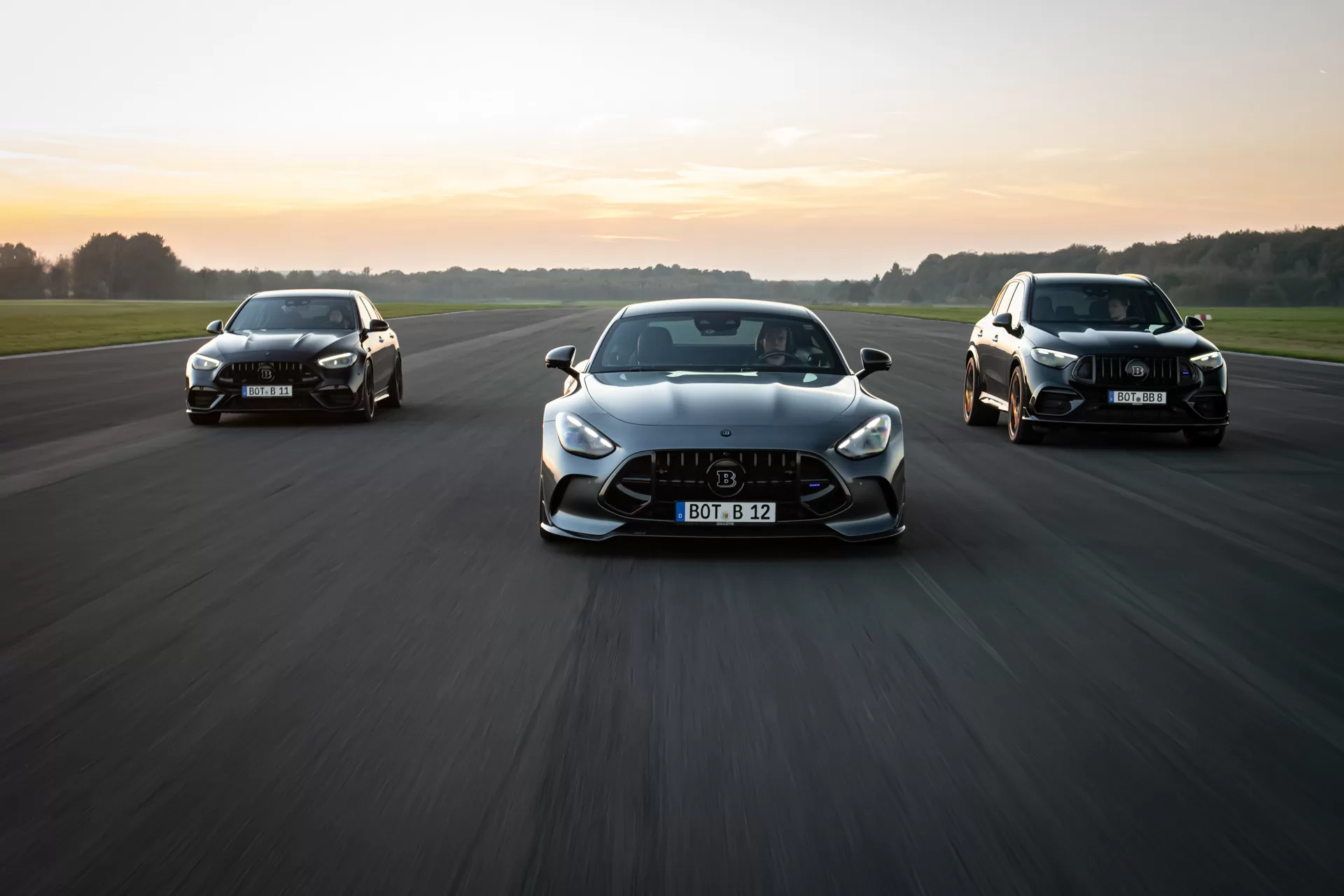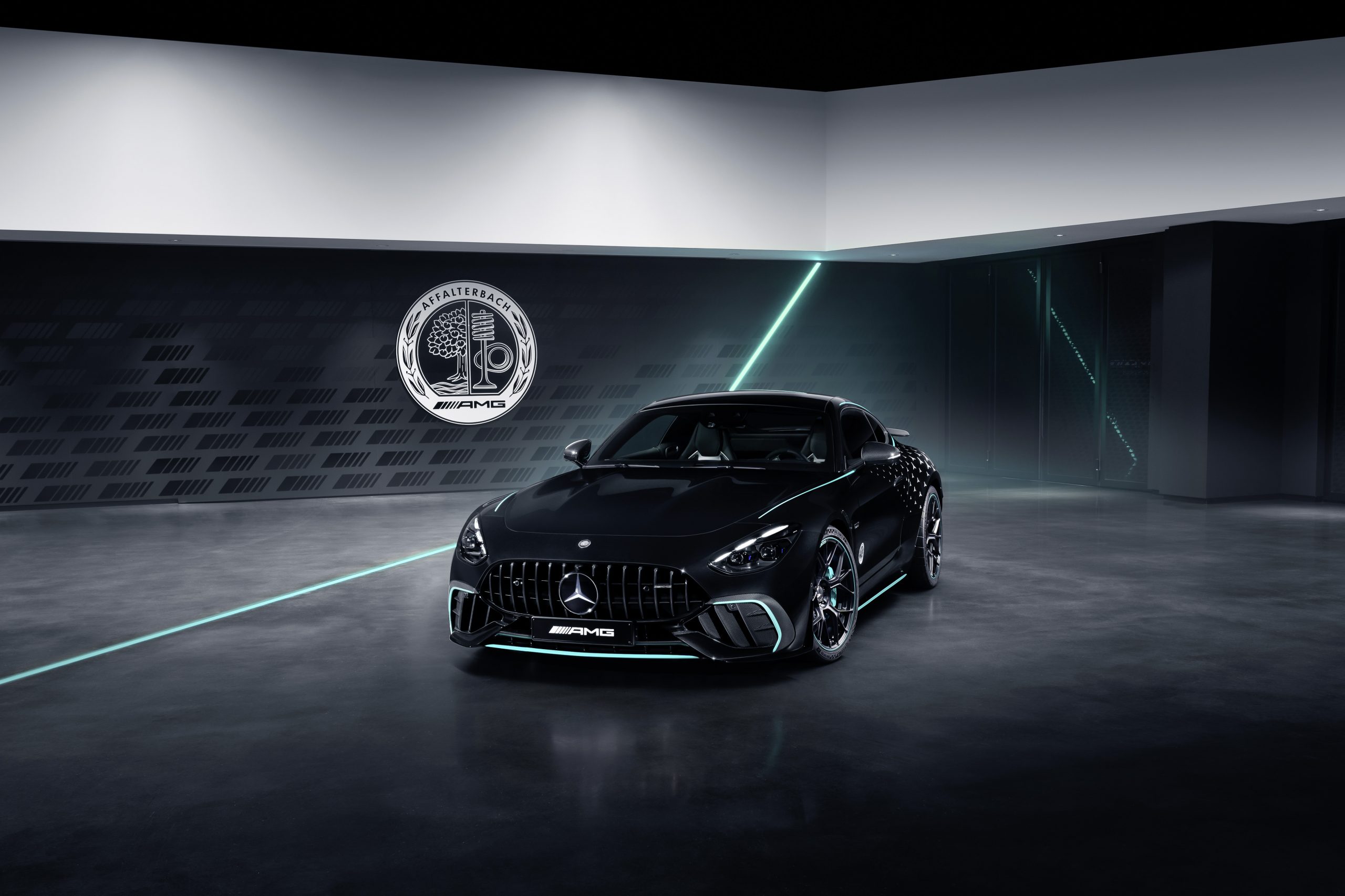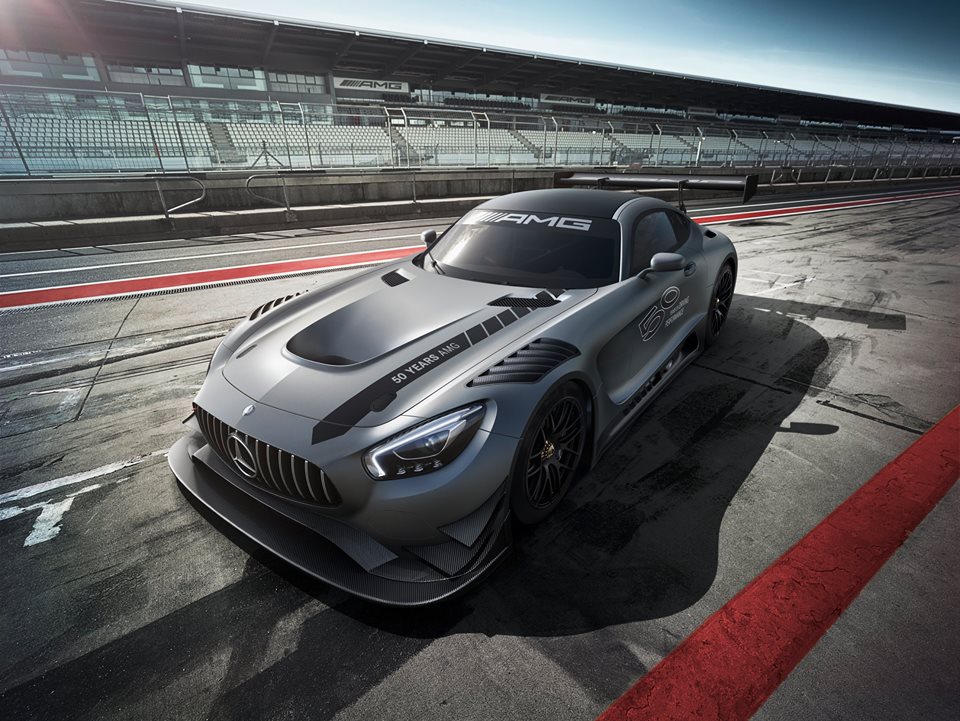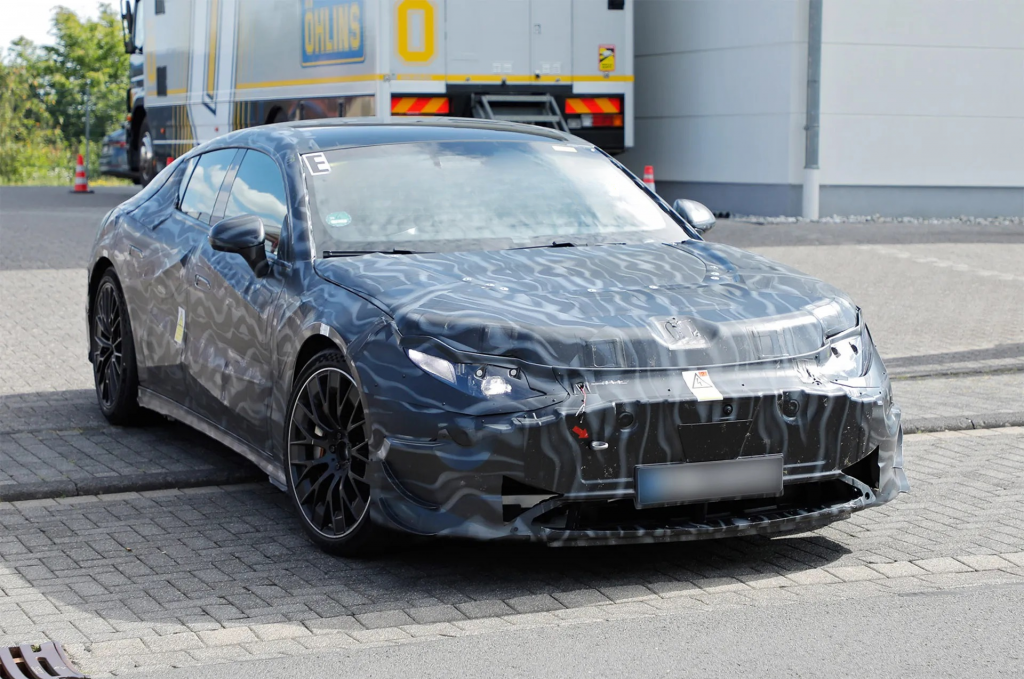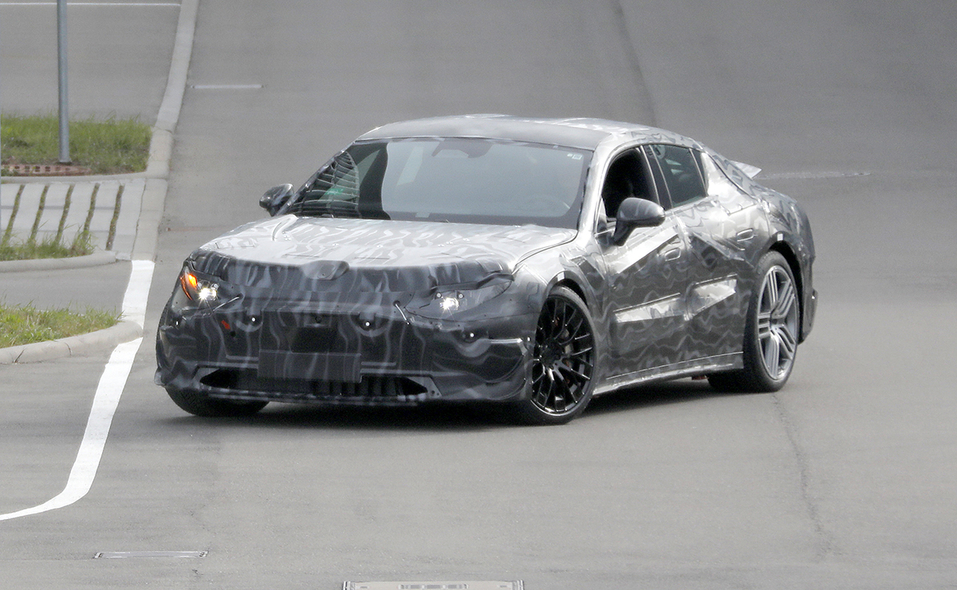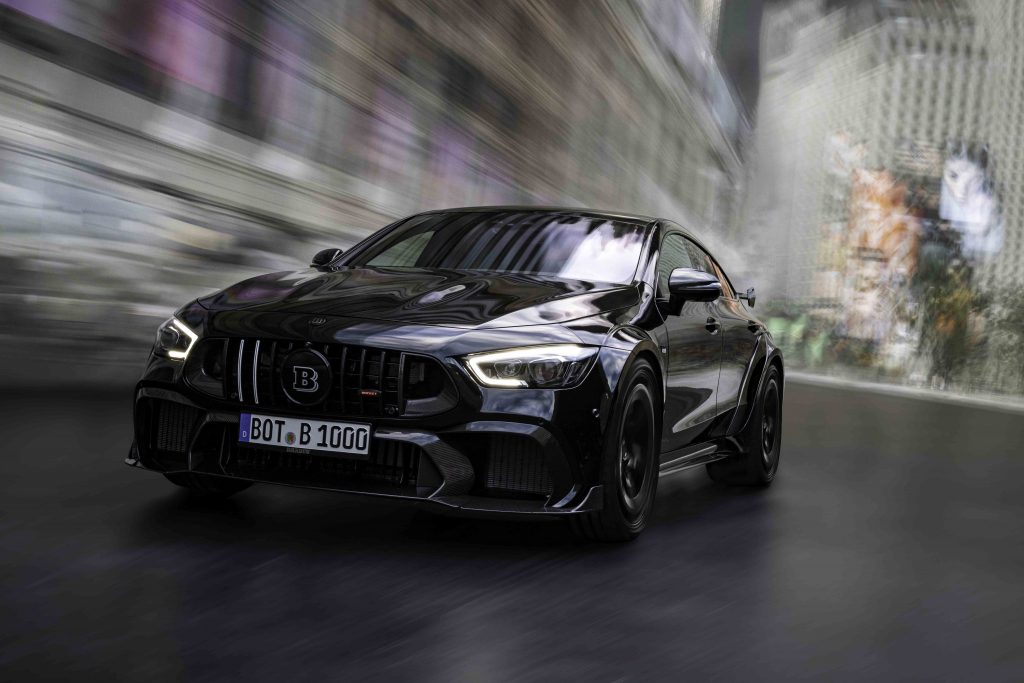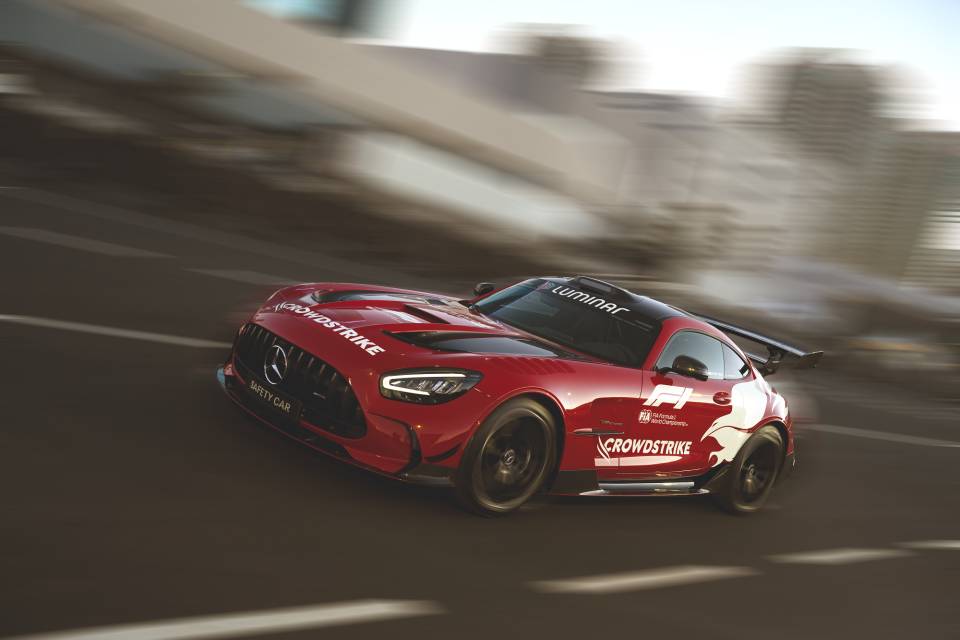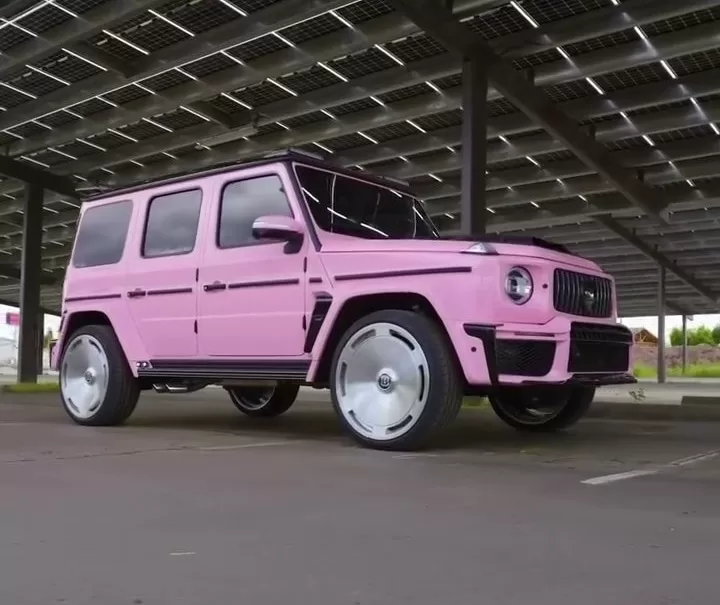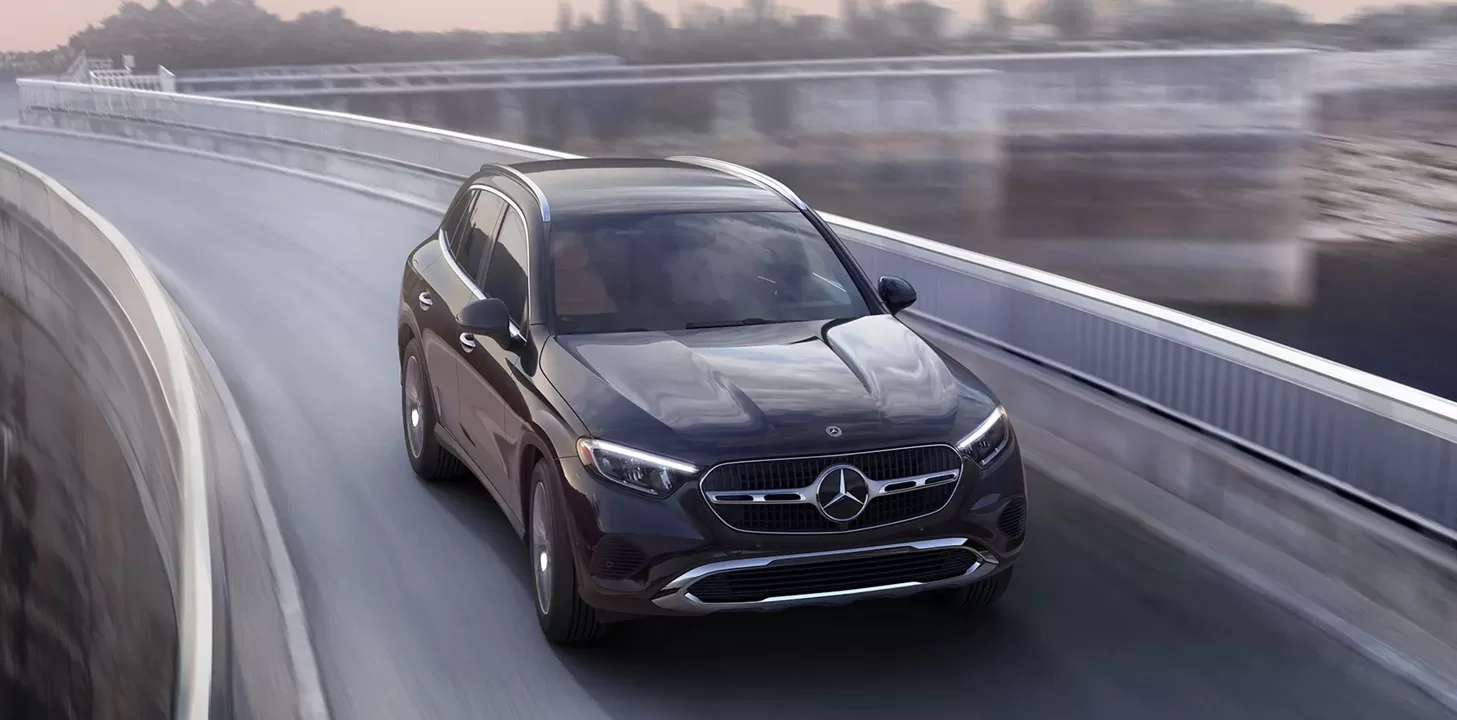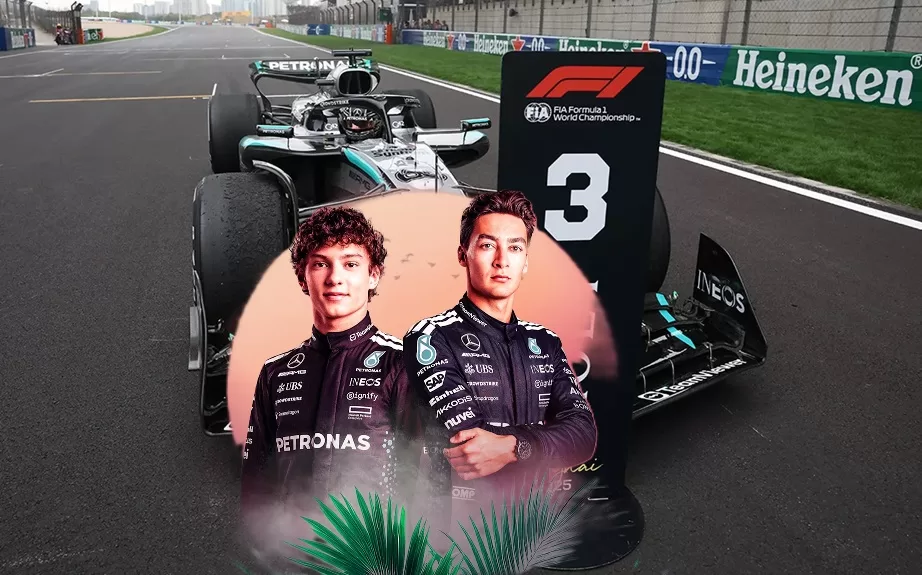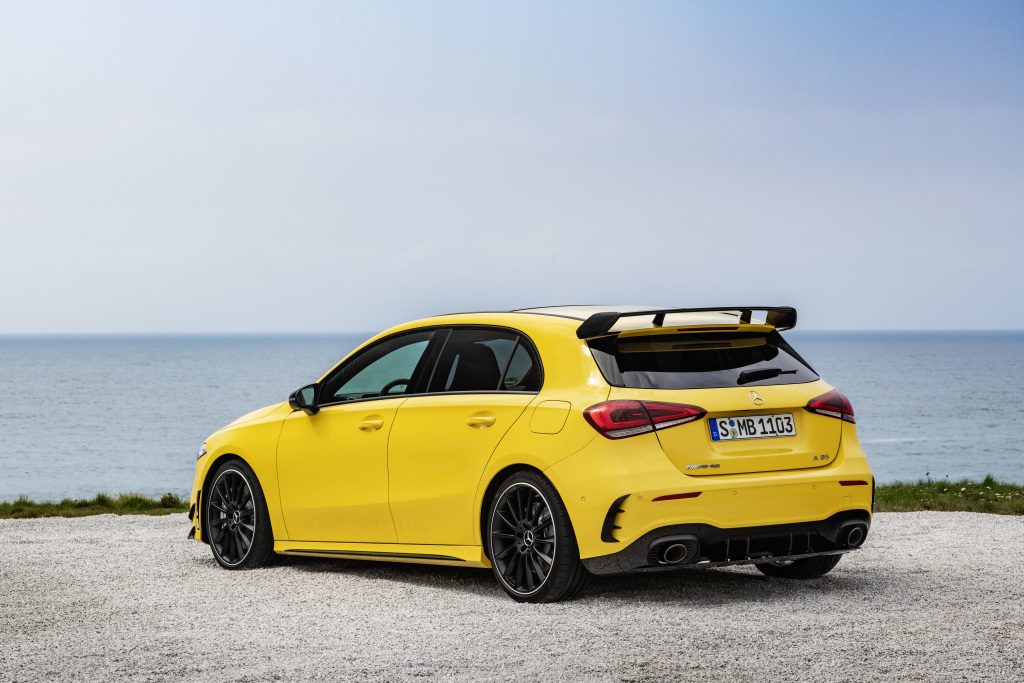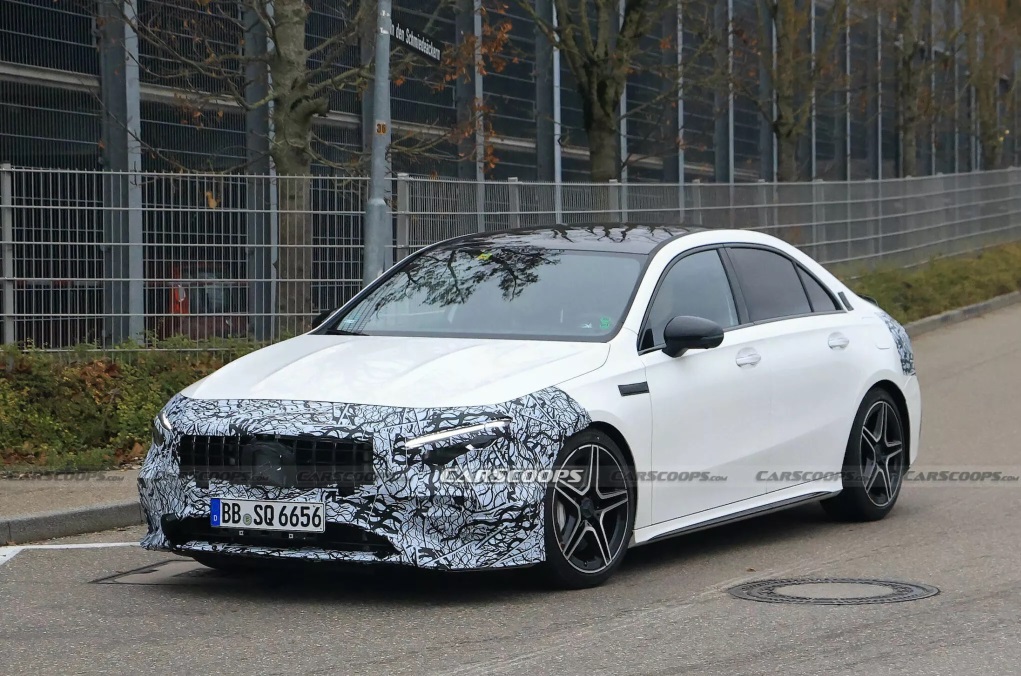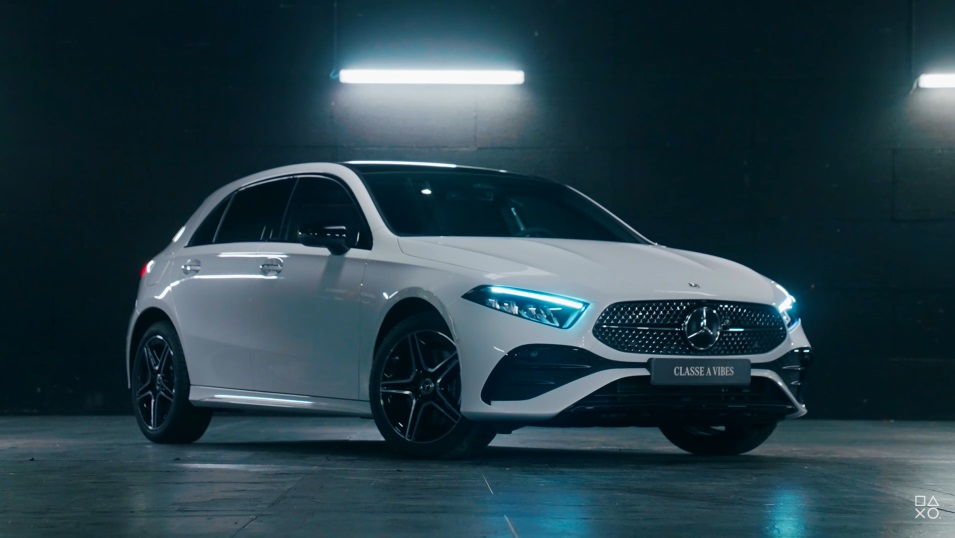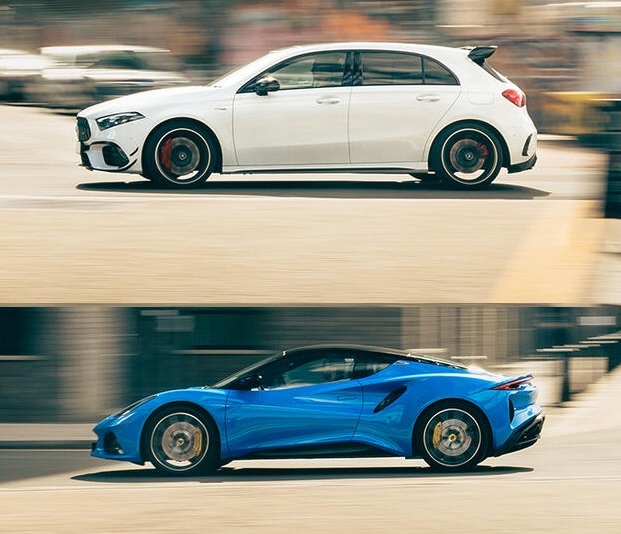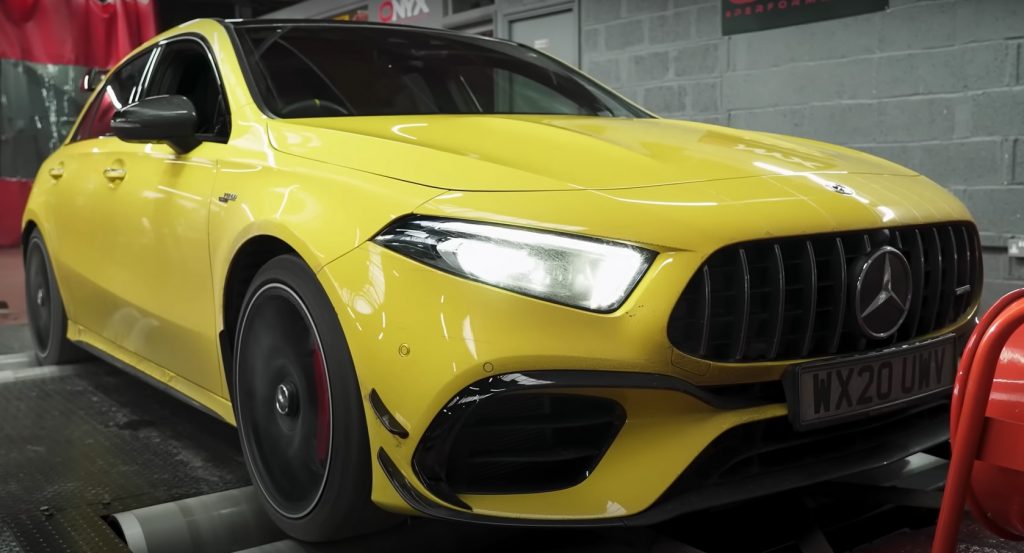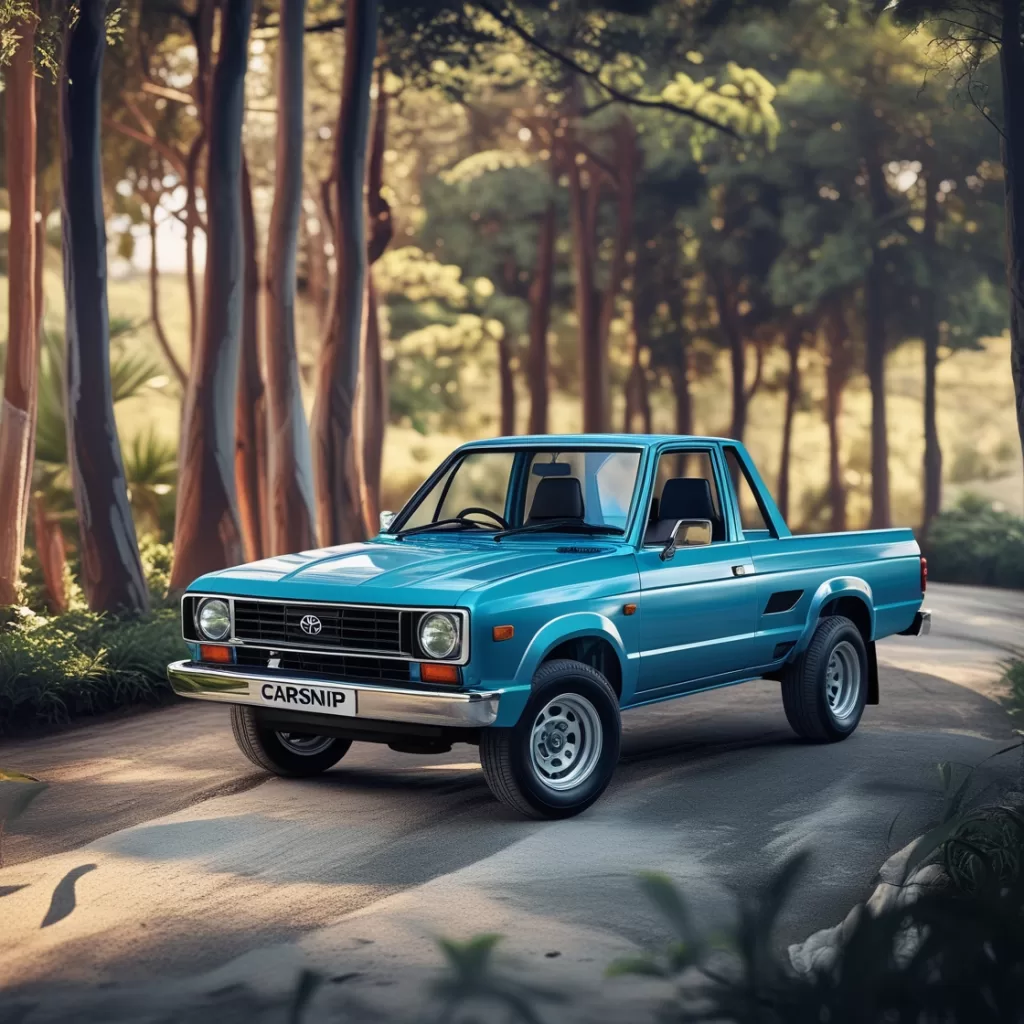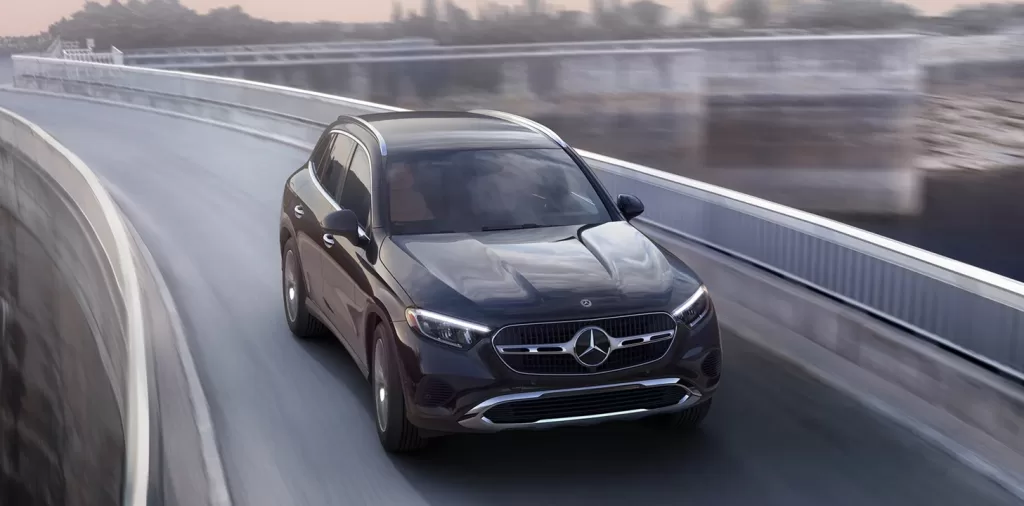Mercedes-Benz is a brand that has been around for over a century and has produced some of the most iconic cars in automotive history. Car enthusiasts often use the terms classic, antique, and vintage to describe older Mercedes cars, but what do these terms really mean?
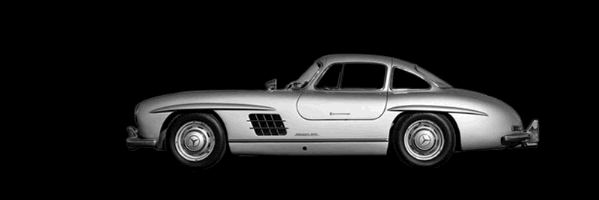
Many people interchange the words “vintage”, “antique”, and “classic” when describing old cars. So, let’s take a look at what really qualifies them as such to clarify matters.
Vintage Mercedes Cars
The simplest and most accepted definition of vintage cars is those produced between 1919 and 1930. The specific condition of the vehicle and modifications do not affect its vintage status in any way. In the strictest sense, this only points to the age of the automobile in question.
For some collectors though, the definition of vintage is not only limited to the age range. They should also reflect on the quality of the product. For them, it equates to something from the past of high quality, representing the best of its kind. Therefore, vintage cars must have exceptional quality and are highly sought after by collectors.
Antique Mercedes Cars
Antique Mercedes cars, on the other hand, are those that are kept in nearly original, factory condition and are at least 25 years old. However, the antique status may vary from one state to another. These are often dictated by how they are defined under the laws of specific jurisdictions.
In some states, for example, cars that are at least 20 years old can be registered as antiques. Antique cars are highly valued for their rarity, and collectors tend to look for original parts and factory finishes.
Classic Mercedes Cars
Classic Mercedes cars are those produced between 20 to 40 years ago and must be kept in near original condition to maintain their classic status. Modifications, such as a restomod, may reverse the classic status of the car.
Classic cars have a distinct look and are highly desirable among car collectors because they are easier to come by.
Differences of Classic, Antique, and Vintage Mercedes-Benz Cars

In a nutshell, the primary difference between classic, antique, and vintage Mercedes cars is their age range and the condition they are kept in. Vintage cars are the oldest and they must be of the highest quality possible if they are to be offered to collectors.
Meanwhile, antique cars are slightly newer and must be kept in nearly original condition. Classic cars, on the other hand, are not as old but still maintain a distinct look and must be kept in near-mint condition.
Final Thoughts
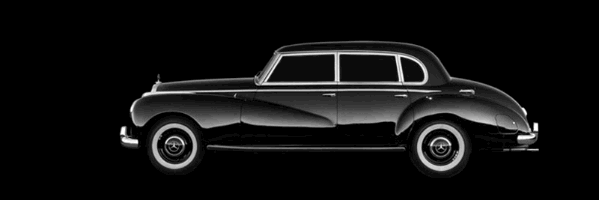
The three-pointed star marque has produced many iconic cars in the course of history. This makes classic, antique, and vintage Mercedes-Benz cars highly sought after by collectors.
Understanding the differences between these categories is important for collectors, sellers, buyers, and enthusiasts alike. Although the specific definition of these terms may vary slightly from one state to another, understanding the general guidelines will help you make informed decisions when buying or selling an older Mercedes-Benz car.

